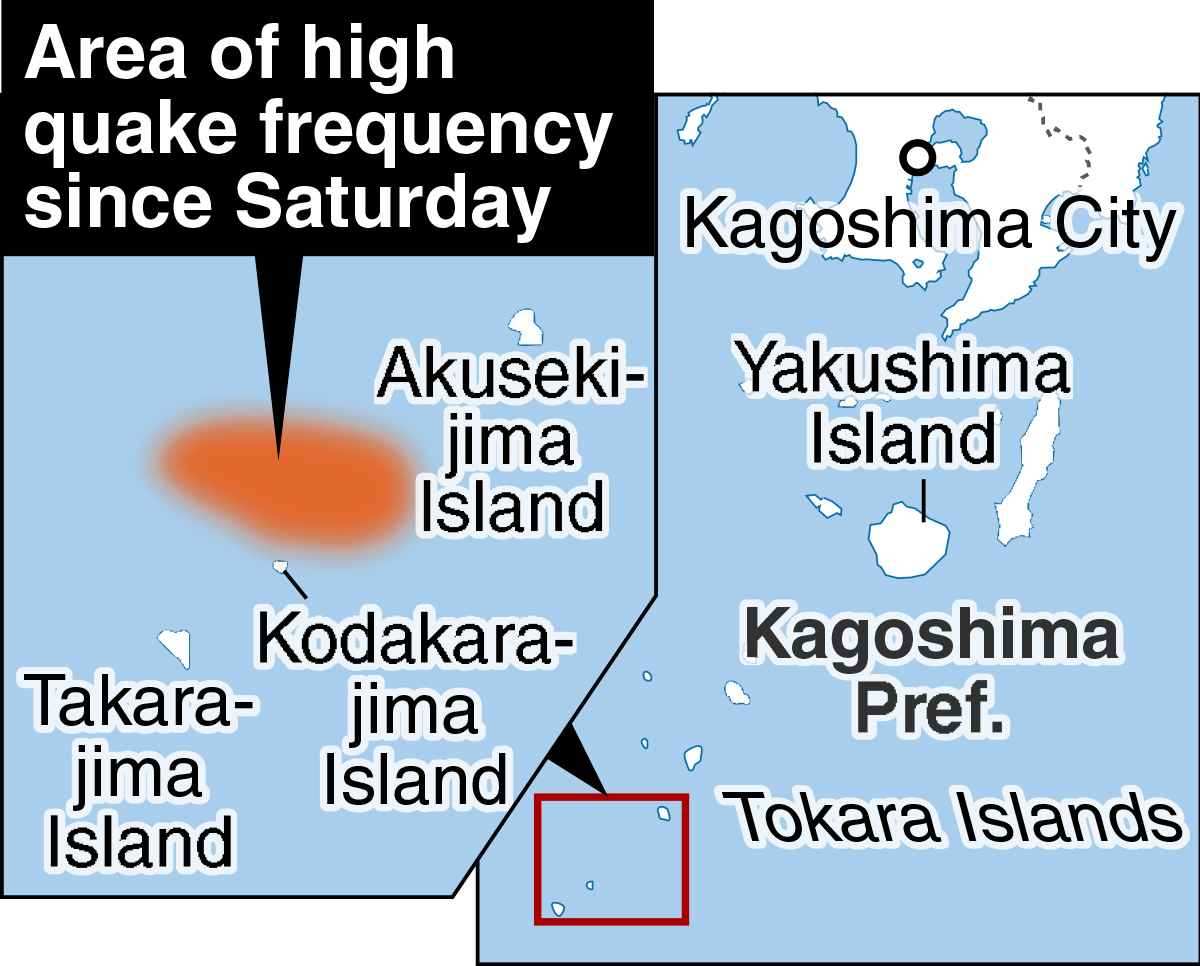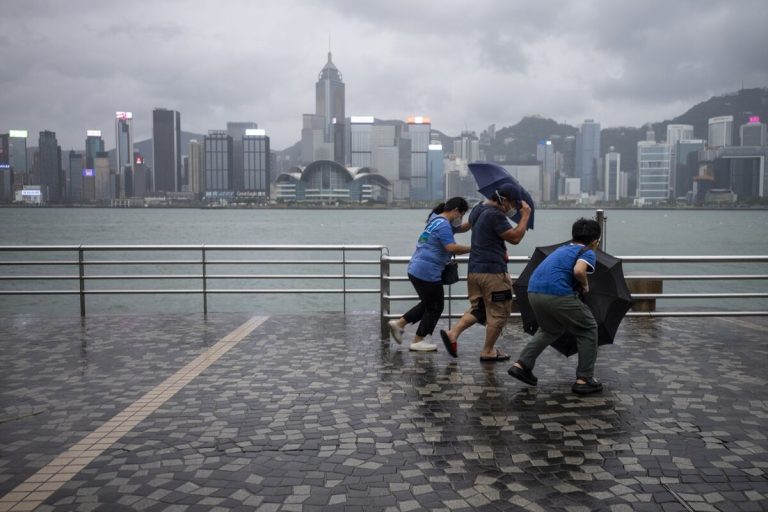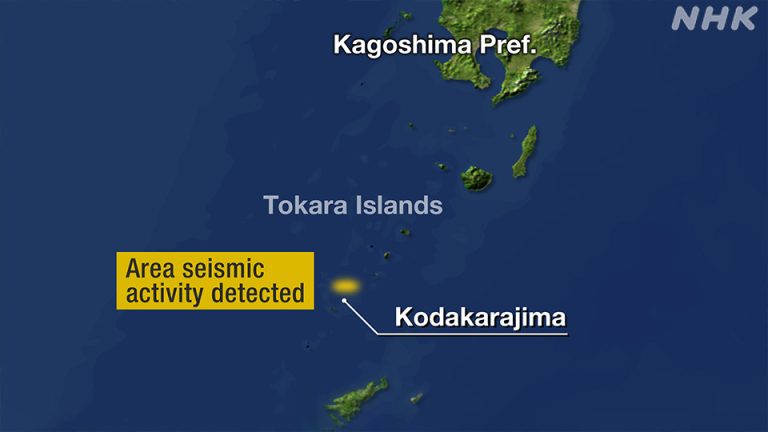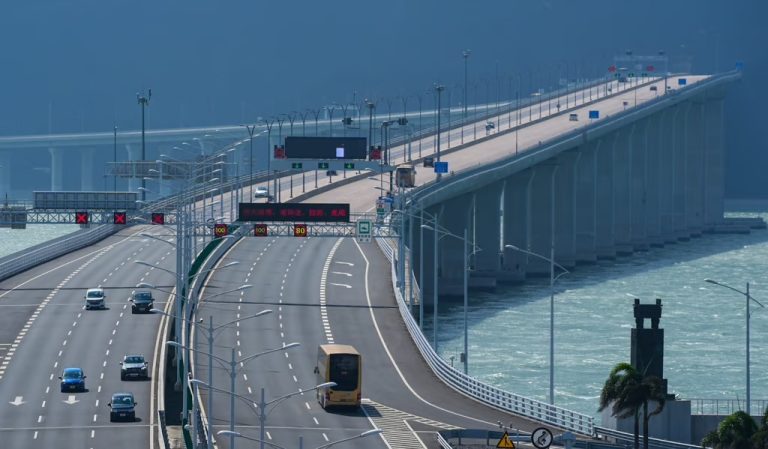Japan’s Kagoshima Prefecture Experiences Intense Seismic Activity with Multiple Earthquakes
On Wednesday, July 2, 2025, Kagoshima Prefecture in Japan experienced a significant magnitude 5.5 earthquake that highlighted the region’s ongoing seismic volatility. The tremor struck near the Tokara Islands at approximately 3:30 p.m. local time, with its epicenter located just 10 kilometers below the surface. Toshima Village recorded the maximum seismic intensity of “5 weak,” underscoring the substantial ground movement.

This earthquake was not an isolated incident but part of a remarkable two-week period of intense geological activity. Between June 21 and July 2, the coastal archipelago region registered an astonishing 897 earthquakes measuring magnitude 1 or higher. Earlier the same day, at 4:30 a.m., another magnitude 5.1 earthquake had occurred, with a slightly deeper focal point of 16 kilometers and maximum intensity of “5 weak” on Akashi Island.

Importantly, authorities quickly confirmed that this seismic event did not pose a tsunami risk, providing immediate reassurance to local residents and regional authorities. The Tokara Islands, particularly Akashi and Kotakara Islands, have been epicenters of frequent earthquake activity since late June.

The region’s geological history reveals a pattern of recurring seismic events. In December 2021 and September 2023, the area experienced series of over 300 earthquakes, suggesting an ongoing pattern of tectonic instability. The Fukuoka Meteorological Observatory noted that earthquake activity began intermittently around 8 a.m. on June 21, with epicenters concentrated between Aoishi Island and Kotakashima Island.

These recent events occur against a backdrop of broader seismic concerns in Japan. Just days before this earthquake, on June 14, 2025, the Japan Meteorological Agency explicitly refuted predictions about a potential “July earthquake.” However, other governmental assessments paint a sobering picture of potential risks. The Hokkaido government estimated that a potential Japan Sea earthquake and tsunami could result in up to 7,500 fatalities, highlighting the critical importance of ongoing geological monitoring and emergency preparedness.
The July 2 earthquake was preceded by another significant seismic event on June 2, 2025 – a 6.3-magnitude extremely shallow earthquake off Hokkaido’s southeast coast. These consecutive events underscore Japan’s position in the Pacific Ring of Fire, a region known for its high geological activity and frequent tectonic movements.
For residents and observers, these earthquakes serve as a reminder of the dynamic geological landscape of Japan. While the magnitude 5.5 earthquake did not cause widespread destruction, it represents part of a complex and ongoing geological narrative that demands continuous scientific observation, public awareness, and robust emergency response strategies.
The consistent monitoring by meteorological and geological institutions provides crucial data for understanding these seismic patterns, potentially improving prediction models and public safety measures in the future.












